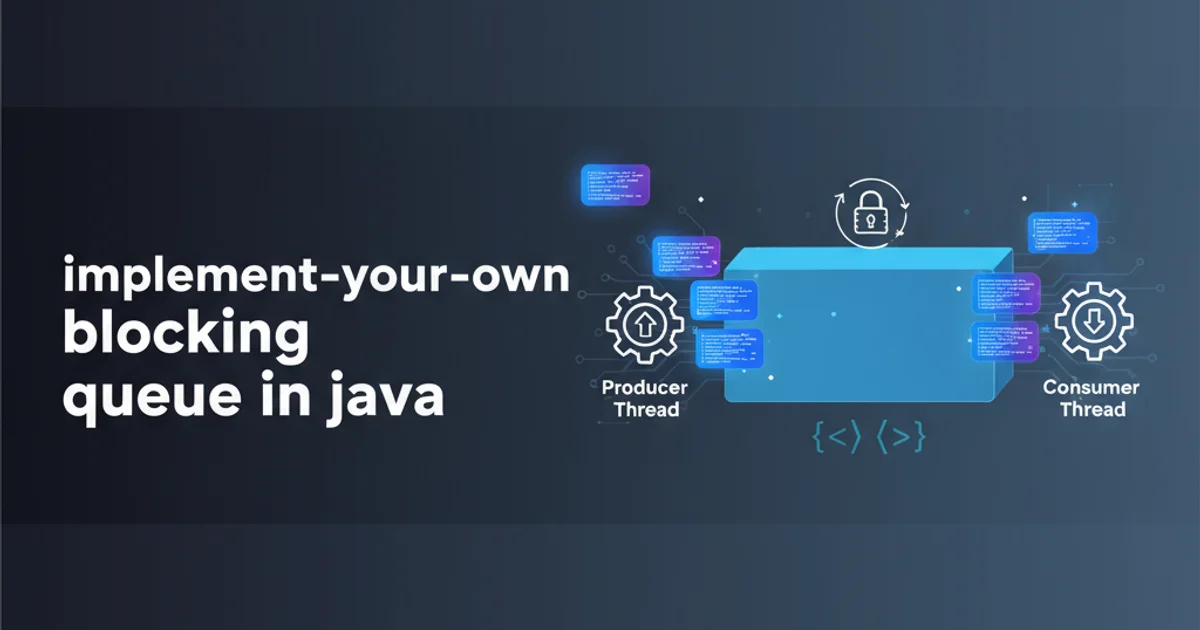Adding items in myphp
Categories:
Adding Items to a MySQL Database with PHP and jQuery

Learn how to dynamically add new records to a MySQL database using PHP for server-side processing and jQuery for an enhanced user experience without page reloads.
Adding new data is a fundamental operation in most web applications. This article will guide you through the process of creating a web form that allows users to input data, which is then sent to a PHP script for processing and finally stored in a MySQL database. We'll leverage jQuery to handle the AJAX request, providing a smooth, asynchronous user experience.
Setting Up Your Environment
Before we dive into the code, ensure you have a working web server environment (like XAMPP, WAMP, or MAMP) with PHP and MySQL installed. You'll need a database and a table to store your items. For this example, let's assume we have a database named mydatabase and a table named items with at least two columns: id (auto-increment primary key) and item_name (VARCHAR).
CREATE DATABASE IF NOT EXISTS mydatabase;
USE mydatabase;
CREATE TABLE IF NOT EXISTS items (
id INT AUTO_INCREMENT PRIMARY KEY,
item_name VARCHAR(255) NOT NULL,
created_at TIMESTAMP DEFAULT CURRENT_TIMESTAMP
);
SQL script to create the database and items table.
The Frontend: HTML Form and jQuery AJAX
The frontend consists of a simple HTML form where users will enter the item name. We'll use jQuery to intercept the form submission, serialize the data, and send it asynchronously to our PHP script. This prevents a full page reload, making the user experience much more responsive.
<!DOCTYPE html>
<html lang="en">
<head>
<meta charset="UTF-8">
<meta name="viewport" content="width=device-width, initial-scale=1.0">
<title>Add Item</title>
<script src="https://ajax.googleapis.com/ajax/libs/jquery/3.5.1/jquery.min.js"></script>
<style>
body { font-family: Arial, sans-serif; margin: 20px; }
#response { margin-top: 20px; padding: 10px; border: 1px solid #ccc; background-color: #f9f9f9; }
.success { color: green; }
.error { color: red; }
</style>
</head>
<body>
<h1>Add New Item</h1>
<form id="addItemForm">
<label for="itemName">Item Name:</label>
<input type="text" id="itemName" name="item_name" required>
<button type="submit">Add Item</button>
</form>
<div id="response"></div>
<script>
$(document).ready(function() {
$('#addItemForm').submit(function(e) {
e.preventDefault(); // Prevent default form submission
var formData = $(this).serialize(); // Serialize form data
$.ajax({
type: 'POST',
url: 'add_item.php',
data: formData,
dataType: 'json',
success: function(response) {
if (response.status === 'success') {
$('#response').html('<p class="success">' + response.message + '</p>');
$('#addItemForm')[0].reset(); // Clear the form
} else {
$('#response').html('<p class="error">' + response.message + '</p>');
}
},
error: function(xhr, status, error) {
$('#response').html('<p class="error">An error occurred: ' + error + '</p>');
console.error("AJAX Error: ", status, error, xhr.responseText);
}
});
});
});
</script>
</body>
</html>
HTML form with jQuery AJAX for submitting item data.
e.preventDefault(); in your jQuery submit handler to stop the browser from performing its default form submission, which would cause a page reload.The Backend: PHP Script for Database Insertion
The add_item.php script will receive the data sent by jQuery. It will connect to the MySQL database, sanitize the input to prevent SQL injection, and then insert the new item into the items table. Finally, it will return a JSON response indicating the success or failure of the operation.
<?php
header('Content-Type: application/json');
$response = ['status' => 'error', 'message' => 'An unknown error occurred.'];
// Database connection parameters
$servername = "localhost";
$username = "root"; // Replace with your MySQL username
$password = ""; // Replace with your MySQL password
$dbname = "mydatabase";
// Create connection
$conn = new mysqli($servername, $username, $password, $dbname);
// Check connection
if ($conn->connect_error) {
$response['message'] = "Connection failed: " . $conn->connect_error;
echo json_encode($response);
exit();
}
// Check if item_name is set and not empty
if (isset($_POST['item_name']) && !empty(trim($_POST['item_name']))) {
$itemName = trim($_POST['item_name']);
// Prepare and bind
$stmt = $conn->prepare("INSERT INTO items (item_name) VALUES (?)");
if ($stmt === false) {
$response['message'] = "Prepare failed: " . $conn->error;
echo json_encode($response);
exit();
}
$stmt->bind_param("s", $itemName);
// Execute the statement
if ($stmt->execute()) {
$response['status'] = 'success';
$response['message'] = "Item '" . htmlspecialchars($itemName) . "' added successfully!";
} else {
$response['message'] = "Error adding item: " . $stmt->error;
}
$stmt->close();
} else {
$response['message'] = "Item name cannot be empty.";
}
$conn->close();
echo json_encode($response);
?>
PHP script (add_item.php) to handle item insertion into MySQL.
mysqli::prepare and bind_param) to prevent SQL injection vulnerabilities. Never directly insert user input into your SQL queries.Workflow Overview
This diagram illustrates the interaction between the user, the frontend HTML/jQuery, and the backend PHP/MySQL components when adding a new item.
sequenceDiagram
actor User
participant Browser as Frontend (HTML/jQuery)
participant Server as Backend (PHP)
database DB as MySQL Database
User->>Browser: Enters item name & clicks 'Add Item'
Browser->>Browser: Intercepts form submission (jQuery)
Browser->>Server: AJAX POST request to add_item.php (formData)
Server->>Server: Connects to DB
Server->>Server: Sanitizes input & prepares SQL statement
Server->>DB: Executes INSERT query
DB-->>Server: Returns query result
Server->>Server: Processes result & creates JSON response
Server-->>Browser: Returns JSON response (success/error)
Browser->>Browser: Updates UI with response message
Browser->>User: Displays success/error messageSequence diagram of adding an item using PHP and jQuery AJAX.
Testing and Further Enhancements
To test, save the HTML code as index.html and the PHP code as add_item.php in your web server's document root (e.g., htdocs for XAMPP). Ensure your MySQL server is running and the mydatabase and items table are created. Open index.html in your browser and try adding items.
For further enhancements, consider:
- Input Validation: Add more robust server-side validation for
item_name(e.g., minimum length, character types). - Error Handling: Implement more specific error messages for different failure scenarios.
- Displaying Items: After adding an item, you might want to dynamically update a list of items on the page without a full refresh. This would involve another AJAX request to fetch the latest items.
- Security: For production, always use HTTPS and consider more advanced security measures.